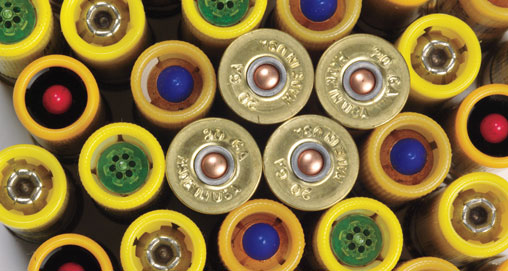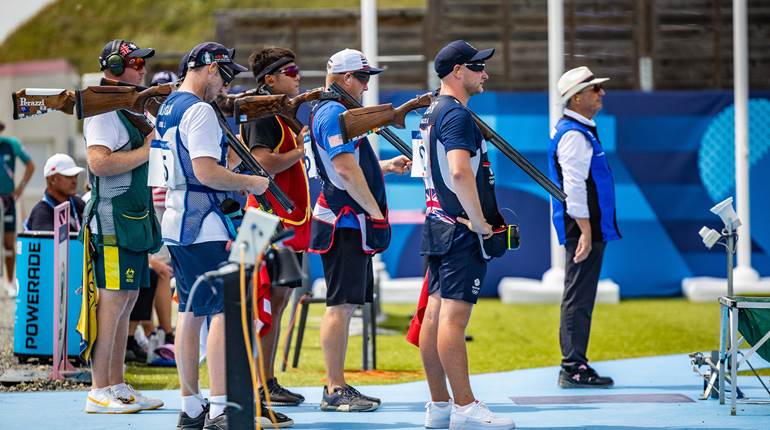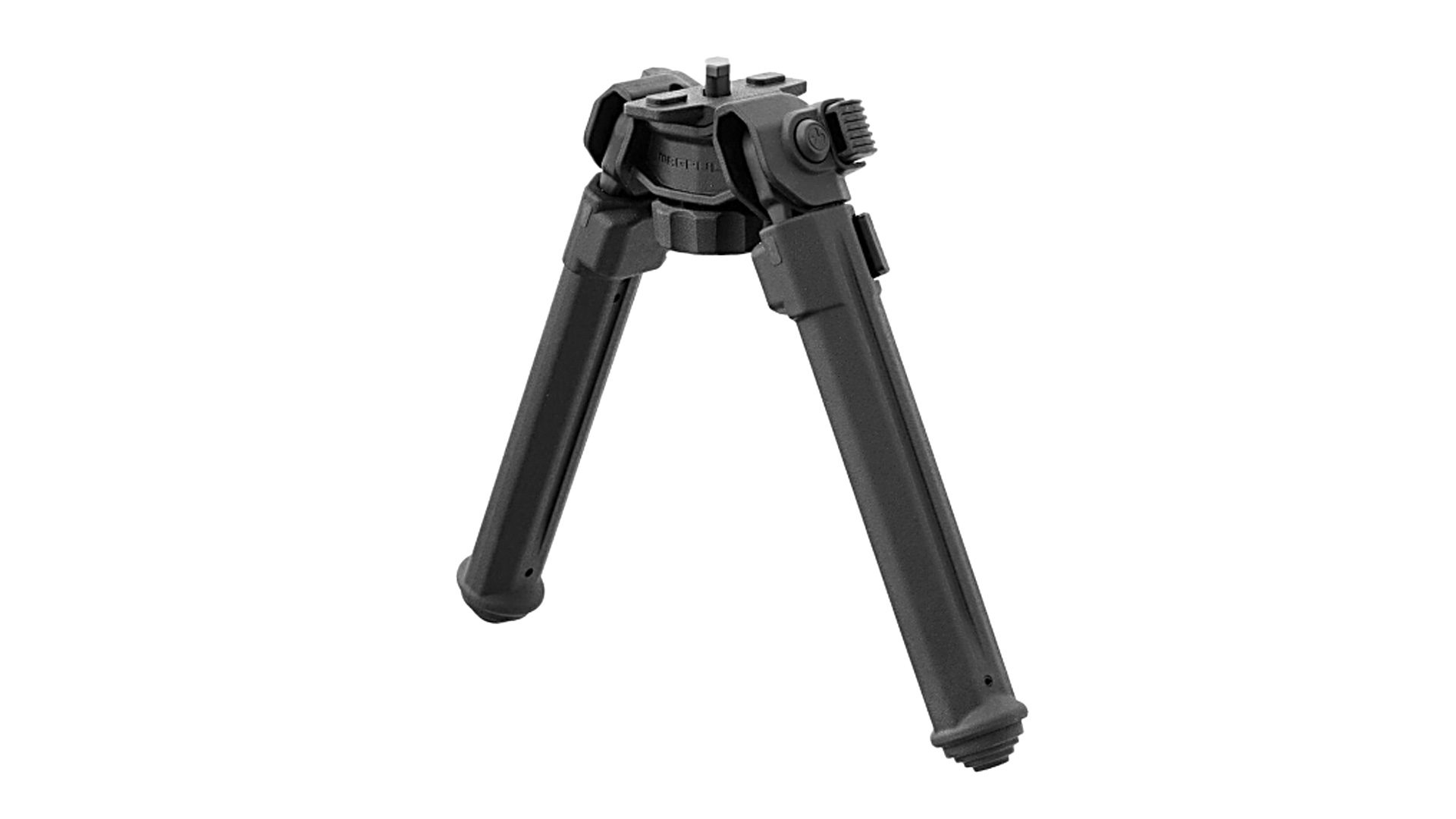
Until recently conventional wisdom held that using a 20-gauge shotgun for deer hunting was a bad idea. The 20 gauge was something ladies and kids used only for its reduced recoil, and the Foster-style slug was the only option. The 20-gauge Foster slug has a ballistic coefficient of around .060, which is about as low as a conical lead projectile can get. Even though it leaves the shotgun with more than 1,600 ft.-lbs. of energy, by the time the slug passes the 100-yard mark it is down to about 625 ft.-lbs. And it drops like a brick—not exactly the performance of deer-hunting legends.
Things have changed, though, and it could be argued that there are some very good reasons to use a 20-gauge slug gun for deer hunting. I put that theory to the test at Graystone Castle in Texas with my friend Joe Coogan and the rest of the “Benelli On Assignment” television crew. When I had a good, 100-yard broadside shot at a buck with tall, almost straight-up antlers, I eased the Benelli M2 shotgun into position. I sent a 5/8-ounce piece of technology through its ribs. If you saw the show, you might remember that you can actually see the slug flying though the air and hitting the deer. It is pretty dramatic footage.
The Federal 20-gauge shotshell was loaded with the Barnes Tipped Expander slug. Federal lists the muzzle velocity at an impressive 1,900 fps from a 30-inch test barrel. From my Benelli’s shorter, 24-inch barrel, it comes surprisingly close with 1,809 fps at the muzzle. That means the slug hit that buck with 1,337 ft.-lbs. of energy, which is more than some 20-gauge Foster slugs have at the muzzle, and it’s about double the energy the Foster carries at 100 yards The buck simply toppled over.
Although the old Foster slugs often struggled for “minute of backstop” accuracy past 50 yards, when I was sighting in, this Benelli M2, which had a rifled barrel, was shooting groups with the Federal ammunition that had some of the rifle guys looking twice. In fact, this setup has the accuracy and external ballistic performance to make it a 200-yard deer gun. Sighted 2 inches high at 100 yards, it strikes 9 inches low at 200 yards and still has 1,000 ft.-lbs. of energy. That kind of performance was unheard of from a 20-gauge slug just a few short years ago. It has all trickled down from the big dog, the 12 gauge, and has completely changed the rules about shooting 20-gauge slug guns for deer.
Many of the newest slugs use polymer tips for higher ballistic coefficients. They are streamlined, lighter in weight, have a higher velocity than the 20-gauge slugs of old and, as a result, mean that the “Twenty-Bore” is no longer a deer hunting compromise. Today’s 20-gauge slug is an efficient and powerful deer hunting tool. Let’s take a look at a few of the recent innovations in 20-gauge slug ammunition from the big-name companies.
I tested the four slugs for terminal performance in both water and Perma-Gel at close range. The slugs impacted with nearly their full muzzle velocity. Both of those testing mediums are a little tougher than the standard ballistic gelatin, yet somewhat softer than big game with its bones and other variables. Expanded diameter was measured twice, 90 degrees to each other, and then averaged.





































